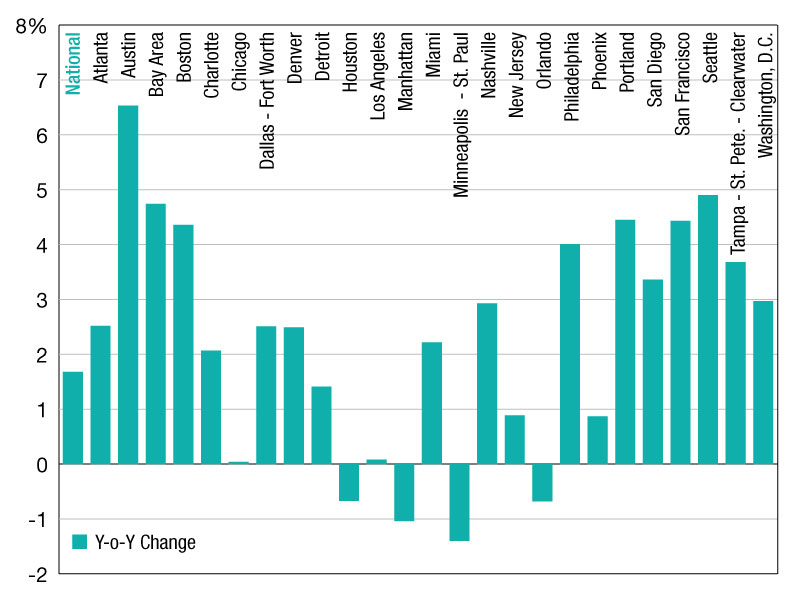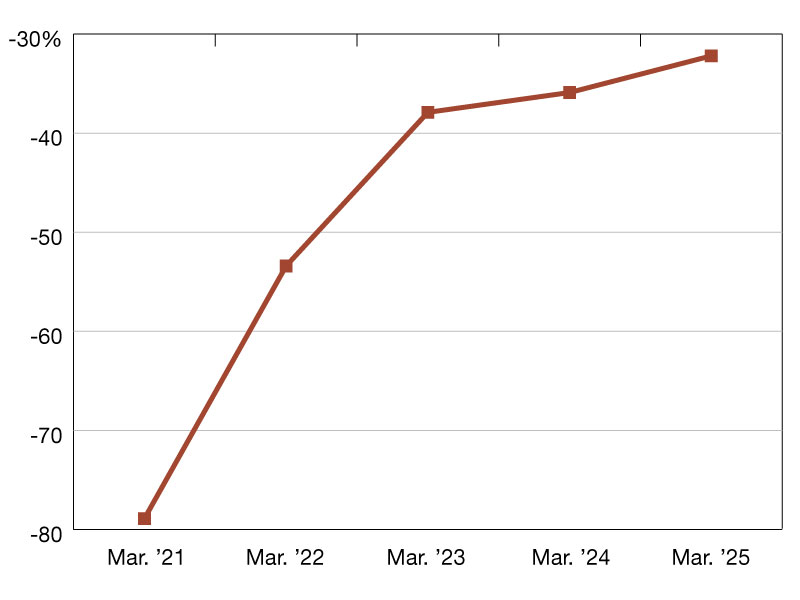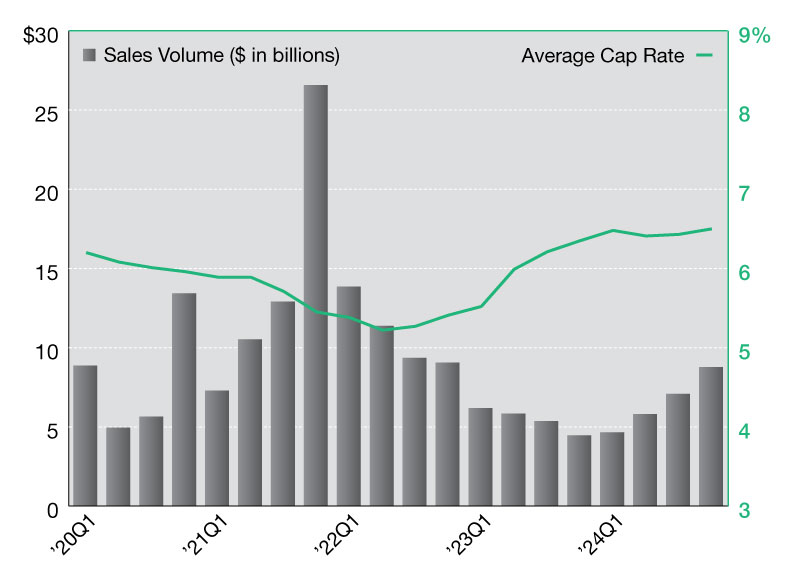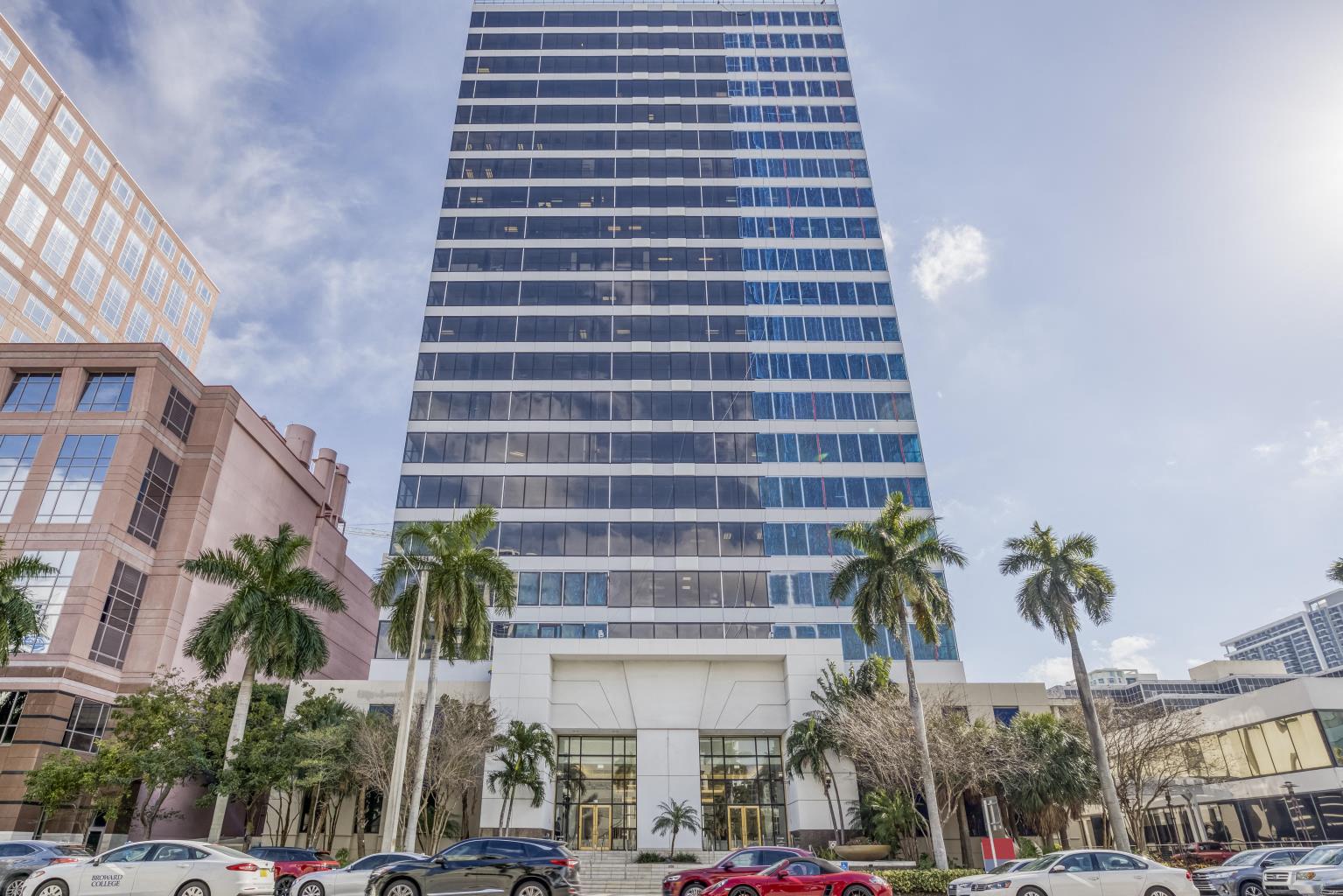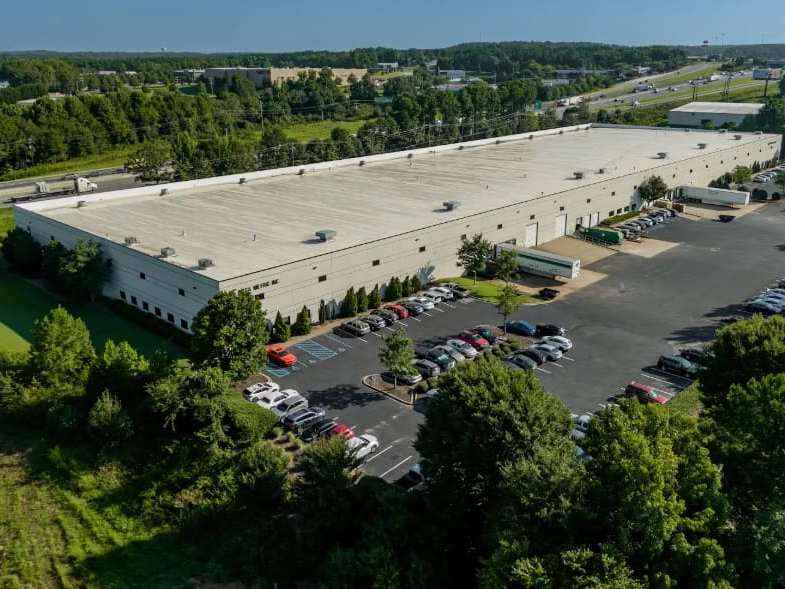Brendan Clancy: Networked Solutions for More Efficient Chiller Plant Optimization
The HVAC plant has made great strides in efficiency over the last 25 years. As the industry has evolved, variable-speed technology has emerged, heat transfer material has improved and automation logic has been refined. Some estimates put energy usage at up to 40% more efficient than it was just a quarter of a decade ago.…
The HVAC plant has made great strides in efficiency over the last 25 years. As the industry has evolved, variable-speed technology has emerged, heat transfer material has improved and automation logic has been refined. Some estimates put energy usage at up to 40% more efficient than it was just a quarter of a decade ago. This represents a massive amount of savings, considering that commercial buildings are now the world’s leader in energy consumption and 35% of building energy is used to power the HVAC plant. Even more intriguing, though, is that the next level of chiller plant efficiency is emerging.
Plant optimization is not a new goal. Since the first chiller was installed, operators have been modifying set points and adjusting to climate conditions in an effort to optimize performance. New, more effective components are introduced almost every year that can be installed to improve performance. But by most accounts, component optimization is reaching a natural limit. Theoretically, each component can only provide a limited amount of efficiency on its own. Only by networking those components is the next level of optimization possible.
Networked chiller plant optimization is less a product and more an approach. The holistic view of optimization helps eliminate problems such as performance drift, part load operation and operator error. Using software powered by intelligent algorithms, an optimized plant can account for changes in as little as 30-second intervals. Real-time statistics, trends and decision-making ensure that any unanticipated problems will be caught, with either adjustments made or alerts sent out, well before any long-term goals are jeopardized. When it comes to design drift, over the life of the plant components may degrade or fail. As this happens, a networked plant can compensate while alerting human operators that repairs or replacements may be necessary.
Another benefit to network-optimized plants is a counterbalance to over-design. In most cases, plant designers will specify a worst-case-scenario component to guarantee effective operation during the harshest of conditions. Statistics show, however, that most of the components operate at those design conditions less than 1% of the time. Achieving efficiency from a piece of machinery that is not operating at design conditions 99% of the time is an uphill battle. True chiller plant optimization takes advantage of the physics of varying speed. Allowing pumps, motors and fans to intelligently slow down conserves energy at exponential levels.
In an Energy Star, LEED certification, green building kind of world, optimization is nothing new. Individual products and components have pieced together a more efficient operation. As network technologies advance, however, the opportunity to capitalize on already existing efficiency measures become more apparent. Achieved results indicate that networked optimization can improve most modern plants anywhere from 20-60%, typically with a simple payback of 2-3 years.
Brendan Clancy is a service account representative for Johnson Controls Inc.

